Draining with fabric
Draining curds into woven fabrics is an efficient method and is suitable for several technologies.
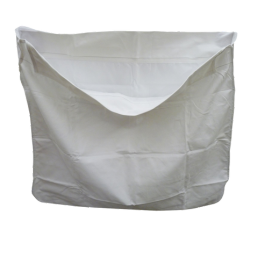
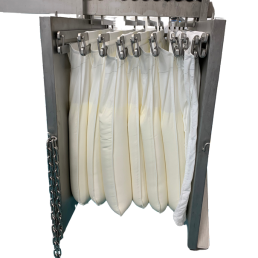
-1.png?width=432&height=432&name=Fromagex%20Website%20assets%20(11)-1.png)
.png?width=432&height=432&name=Fromagex%20Website%20assets%20(10).png)
Controlled draining
Cheesecloths and draining bags separate the curd from the whey by allowing the draining through the textile mesh. Various cheese technologies use them, such as fresh cheese to drain the curd by gravity or pressed cheese to hold the curd in the mould during pressing.
Natural and synthetic cloths are used with moulds, while the draining fabrics are often sewn into bags for lactic curds and Greek yogurts.
The mesh is the key
The fabric mesh acts to retain the curd. Several choices are available. Some examples below :

Draining fabrics
Synthetic fabrics are sewn as a bag for manual use or with a filter press.
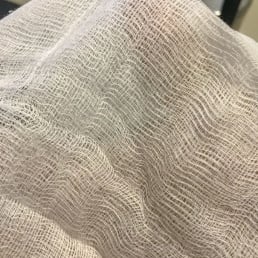
Cheesecloths
Fine, medium, or large mesh, pre-cut and sewn or in rolls.
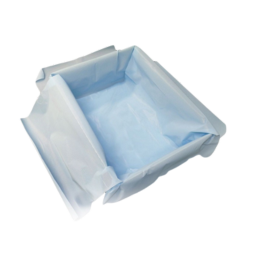
Synthetic liners
For single use in a mould.
Applications
Some application examples :
-1.png?width=432&height=432&name=Fromagex%20Website%20assets%20(12)-1.png)
Draining by gravity
For lactic and fragile curds, slow, controlled, and respectful of the curd. Nylon bags available in several formats.
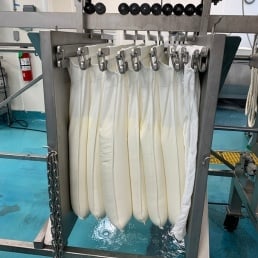
Draining in filter press
The draining is accelerated by pressing bags for fresh cheeses and drained yogurt. Bags are available for small Fromagex filters as well as industrial filters.

Pressing into a mould
For pressed cheeses, cheesecloths are available with different mesh and sizes depending on the mould used, for example, the stainless steel rectangular mould for cheddar.
Your everyday challenges
When you share your goals and challenges with us, we respond by analyzing your needs and proposing high-performance, tailored solutions.